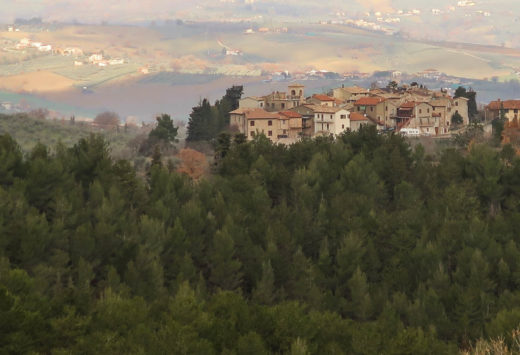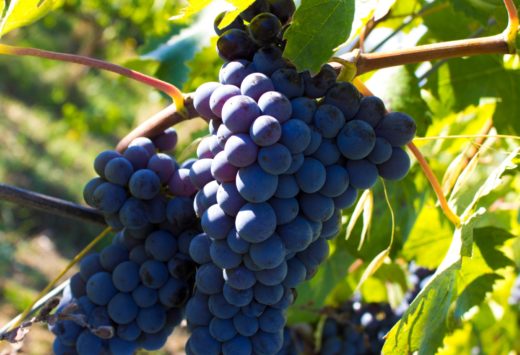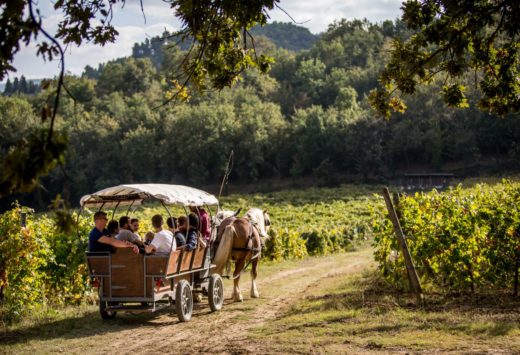Discover Bevagna with us
If you want to immerse yourself in the past, the beautiful village of Bevagna is what you are looking for. It is a typical Umbrian village of about 5000 people and its fortifications on the ancient consular road Flaminia remained intact throughout the centuries. Its current name derives from the ancient Etruscan “Mefana” which later became “Mevania” during the Roman period, in 90 BC.
The Romans regarded it as an important commercial hub due to its port on the river Tevere that connected the village with Rome.
It fell under the rule of the Longobards with the Duchy of Spoleto and from 1371 to 1439 it was governed by the Signoria of the Trinci.
The beauty of its monuments and landscapes, its products, and traditions are a source of great pride for the local population.
It was listed as one of the 100 most beautiful ancient villages of Italy and amongst the Orange Flags (“Bandiere Arancioni” in Italian: a recognition of quality awarded by the Touring Club Italiano to small towns in Italy for excellency in tourism, hospitality and the environment) and is the ideal destination for anyone who loves history, culture, art, and nature. It is also perfect for couples looking to spend some quality time together, families on vacation, groups of friends, or who want to experience an authentic ancient Italian Borgo.
It is no coincidence that Bevagna was also awarded with the title of Gem of Italy, for its fascinating alleys and timeless monuments that recall a distant pass rich of important events.
Despite its mostly medieval looks, a wide range of different architectural styles can be appreciated, including: Romanic, Gothic, and Baroque. This Borgo also gave its name to precious paintings called “bevagne”, created in the past by skilful and talented hands.
If you are serious about Medieval history, Bavagna is the place for you! The village is renowned for its Mercato delle Gaite.
During this event that takes place in the last ten days of June, the citizens revive the life of their ancestors who lived between the years 1250 and 1350, wearing medieval clothes, cooking and eating the typical dishes of the time, rediscovering ancient arts, trades and pastimes.
The celebration is named after the Gaite, from the ancient word Watha meaning “Guides”, and dates back to the Longobard domination. They were the four districts of the city: S. Giorgio, S. Giovanni, S. Pietro, and S. Maria, which challenged each other for the control of administrative offices. Today the four Gaite compete in the races of Trade, Craft, Cooking, and Archery. Each Gaita has its defining trades and abilities, for example the Gaita of S. Giorgio is famous for metallurgy, iron working and minting and excels in lute making. The Gaita of S. Giovanni stands out for its refined glass artefacts and the manufacturing of “Bambagina” paper, made from rags. The Gaita of S. Pietro excels in the arts of dying and the making of parchment codices and their most important shops include the bakery, the spice shop, the distillery, the herbalist, and the wax laboratory. Finally, the Gaita of S. Maria specialises in hemp working for the production of canvases and ropes.
The celebrations begin with the opening ceremony of Piazza Silvestri, which culminates with a great party for the members of the four Gaite and all the inhabitants and tourists that will participate. Traditional dances, archery competitions, jugglers, jesters and musician are going to liven up the evening. One can dine in one of the various taverns that offer traditional dishes and the finest local wines (also celebrated by Plinius and Juvenal in their writings), such as the Sargantino, produced in the ancient territories of Mervania. All around banners, traditional costumes, dances, plays, workshops, and culinary and trade contests amongst the four Gaite. The highlight of the event are the markets where each Gaita has its own stands with local products and crafts. Visitors can buy fresh food such as bread, cheese, or fish, hand-crafted goods like wickerwork, wrought-iron objects, fabrics and canvases, and paper and candles crafted according to the tradition. The closing ceremony marks the end of the celebrations when the winner is proclaimed and prizes are handed by the Podestà. Thanks to the statutes drafted in the XVI Century and the information they contained, it was possible to accurately re-enact the economy, daily life, production and sale techniques, arts and trades of medieval Bevagna.
Another important event in Bevagna is the Medieval Spring, that takes place every year between April and May and is considered a prelude to Mercato delle Gaite. Arte in Tavola celebrates the culinary and wine-making traditions of Bevagna and includes tastings, seminars held by experts, music, folklore, and local artists. Also Agosto Bevanate focuses on local foods and wines, culture, folklore, music and concerts to cheer the end of summer.
Bevagna is famous for its first-rate oil and wine. Vineyards and olive groves thrive on the surrounding hills and are the pillars of the local culinary and wine-making traditions; the Sagrantino Docg wine is one of the most precious fruits of the ancient region of Mevania. Another protagonist of Bevagna’s cuisine is the truffle, a delicacy that can be tasted in various local recipes such as bruschettas, pasta and rice dishes like Strangozzi or tagliatelle, or meat like the black truffle lamb.







